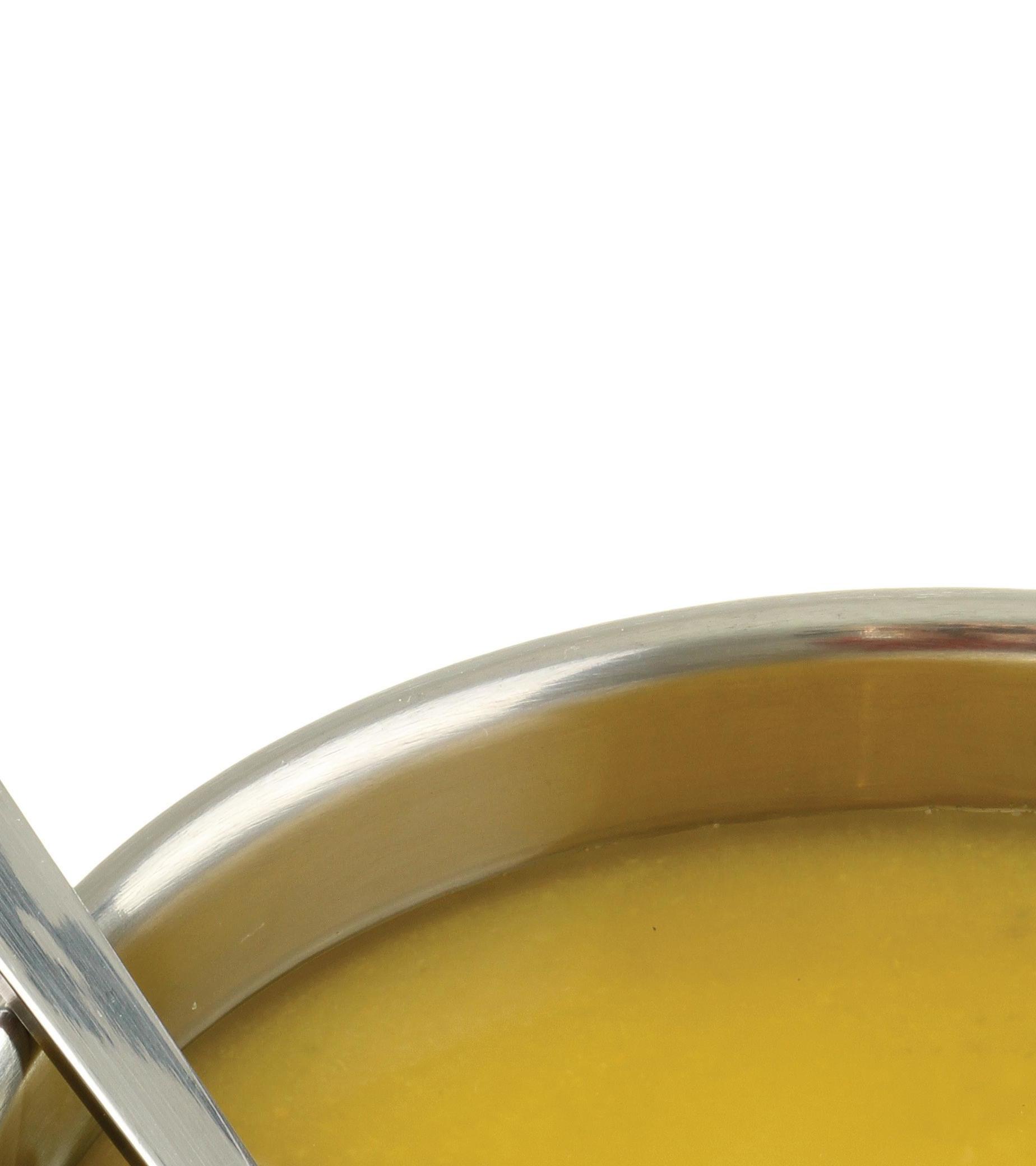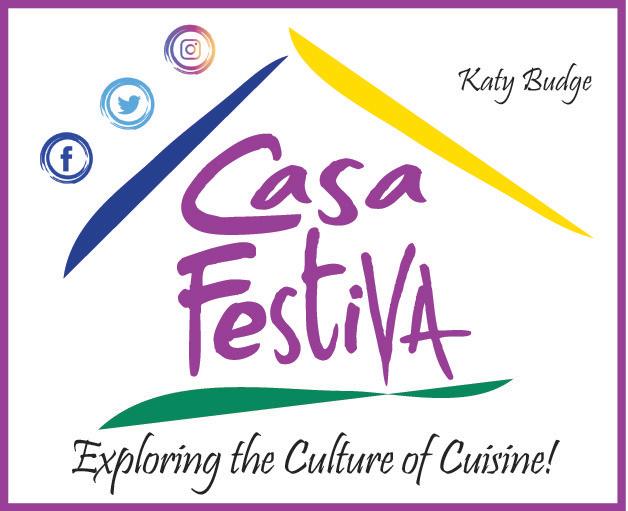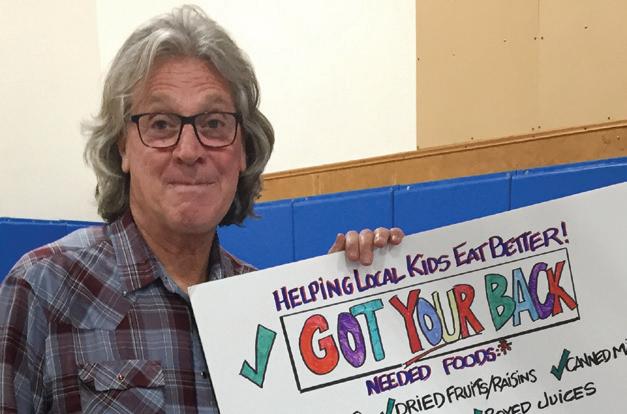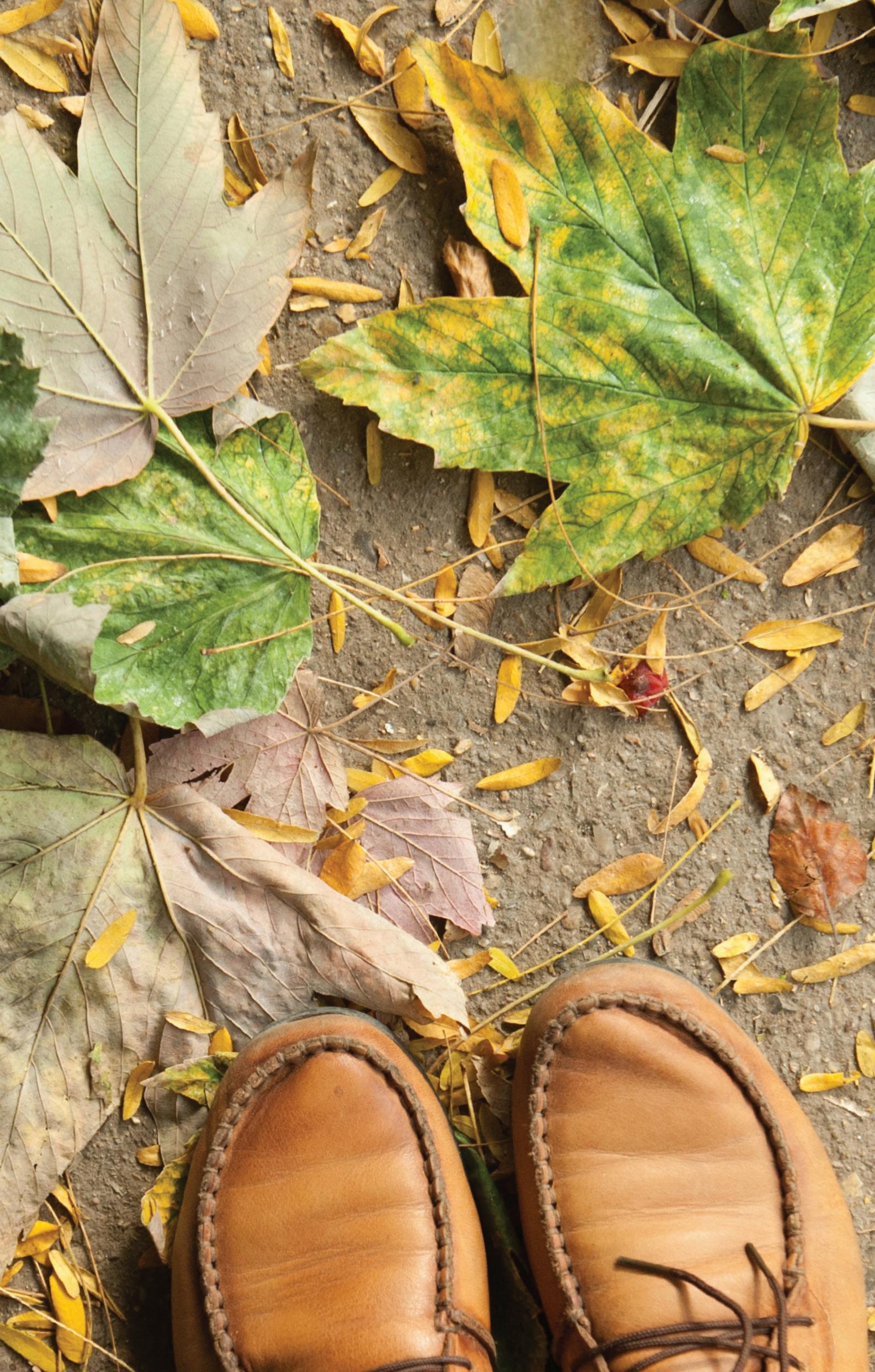
2 minute read
The Pandemic and Sustainability
the pandemic and Sustainability! by Margaret De Stefano
Although the worldwide focus is currently on COVID-19 control, the need for sustainability has not gone away. Before the pandemic struck, the media had seen an increase in environmentally conscious programs from businesses, with customers looking for suppliers that were taking the climate change challenge seriously. This pandemic has also shown a spotlight on the ongoing inequalities in society and underlined that certain groups had been the hardest hit by the virus. Many other facts have been uncovered. If you go back to the previous century, businesses viewed sustainability as a "nice to have"– typically an extra bullet point at the end of a business plan. Now however, businesses have determined that it is not only a moral obligation, but a business imperative. If they are to succeed it is necessary to include a well thought out plan to help us live in a more environmentally sustainable world. It's what their customers will look for before making a decision. The time has finally come. It's no longer an option. This pandemic has revealed to us all how vulnerable we are as a species and how much we depend on a healthy environment to survive.
Fall Soups! by Katy Budge
Soup is the ultimate comfort food as the autumn months start tugging down the temperatures. It’s also a good way to use up the last heaves of produce from the garden, and yes, I’m lookin’ at you, zucchini.
A good soup starts with good broth, so definitely consider making your own. A lot of commercial broths are pretty high in sodium, so you can avoid that by whipping up a big batch yourself and adjusting it to your desired salt level. If you’ve got the freezer space to spare, be sure to make extra broth and freeze it in quart containers for soups and stews or in ice cube trays to give your sauces, stir fries, and gravies a little oomph.
Cooler weather calls for hearty soups and stews, but you don’t always need to reach for heavy cream as a thickener. If you’re making a recipe with potatoes, mash a few of them against the pot with a spoon and stir them in; keep mashing and stirring until you get to the consistency you want. Same method goes for beans.
Another thickening method is to make a roux – a mixture of roughly equal parts flour and fat such as olive oil, butter, or drippings. Heat the fat over gentle heat in your soup pot, then sprinkle the flour in and start stirring. You’ll want to “cook” the flour enough so that the soup doesn’t taste like raw flour, but pay enough attention so that the flour doesn’t start to burn. (The roux method is also the key to silky gravies and white sauces.)

Part of the beauty of soups and stews is that almost anything goes. Throw open your fridge and pantry and let your imagination start simmering!










